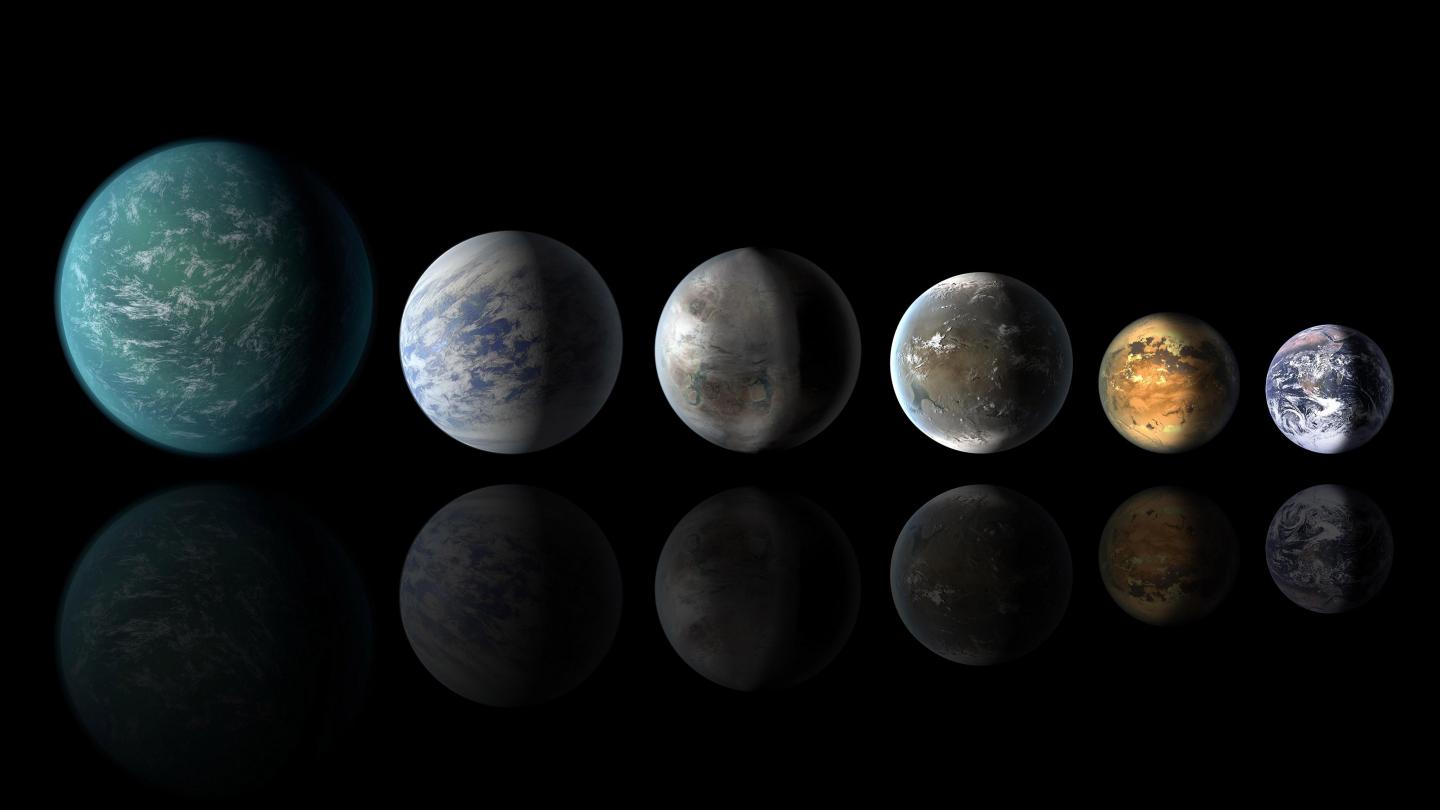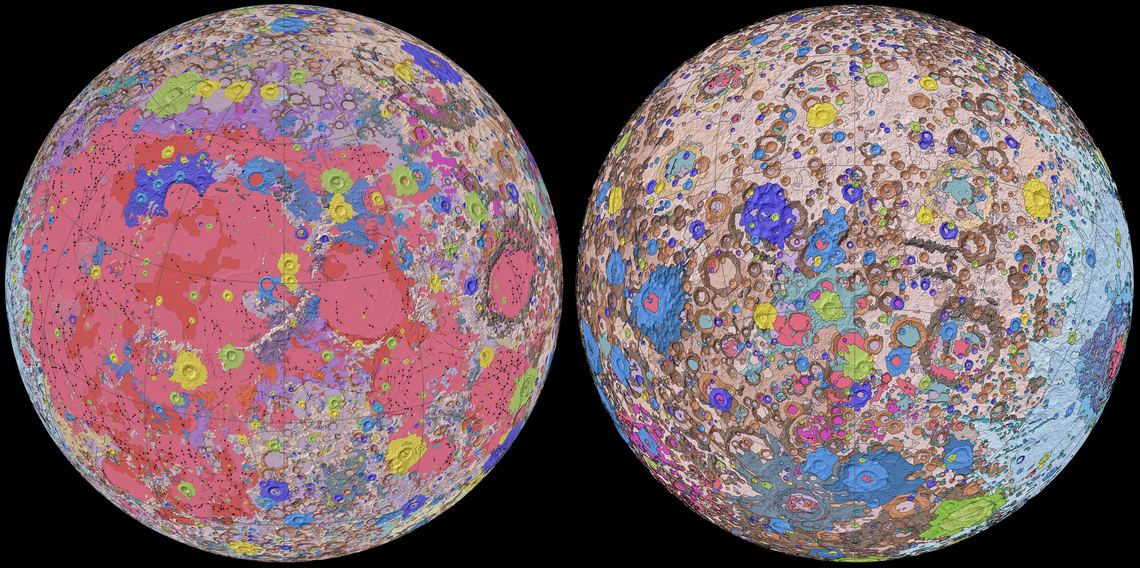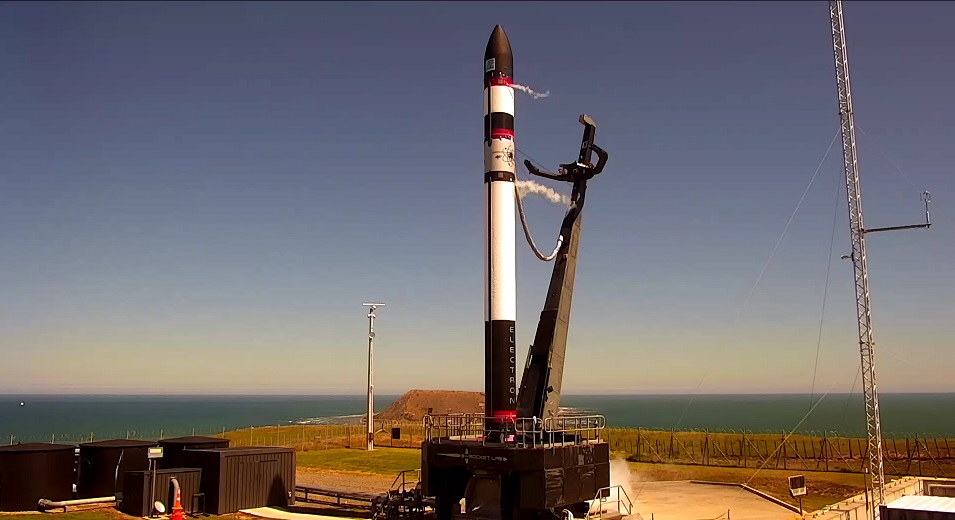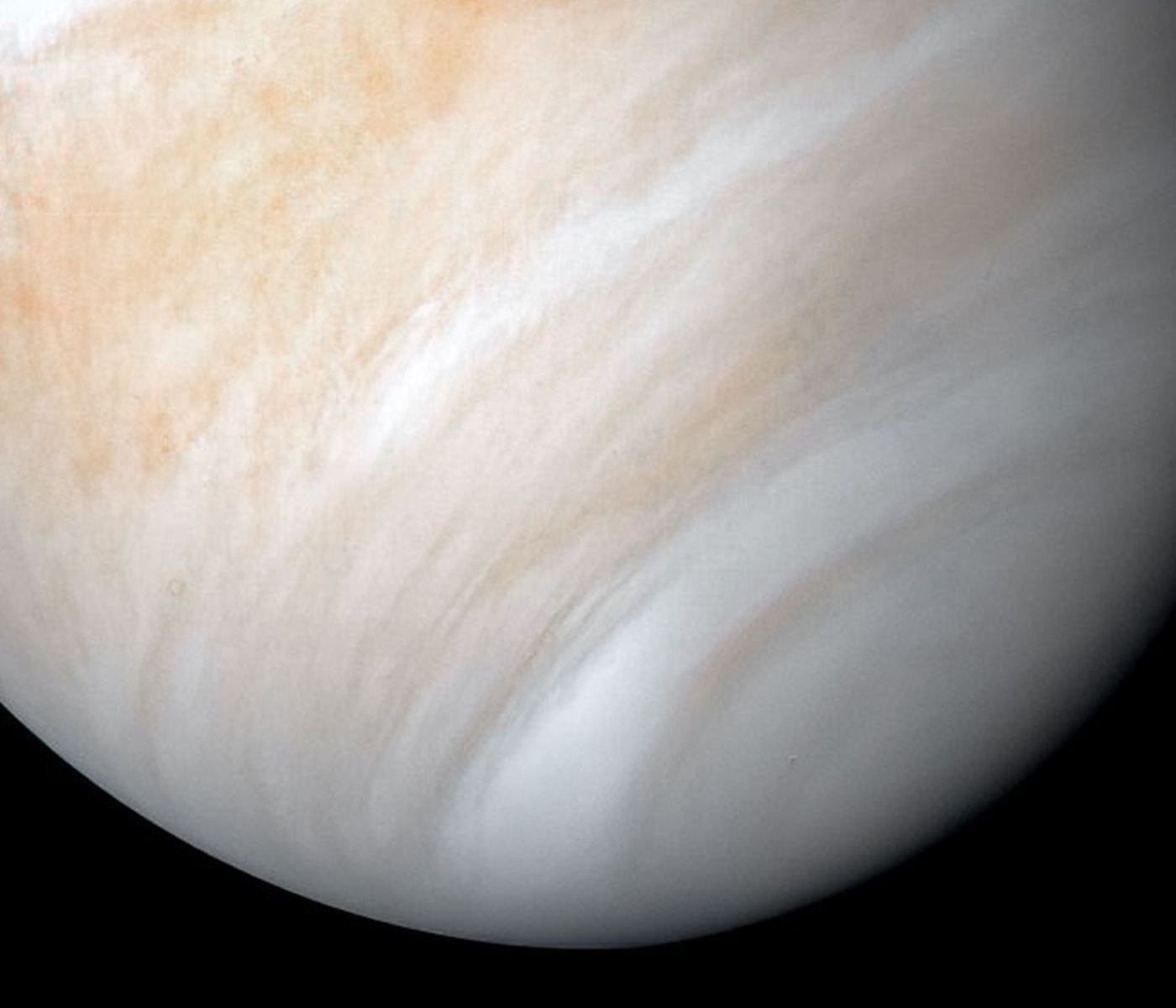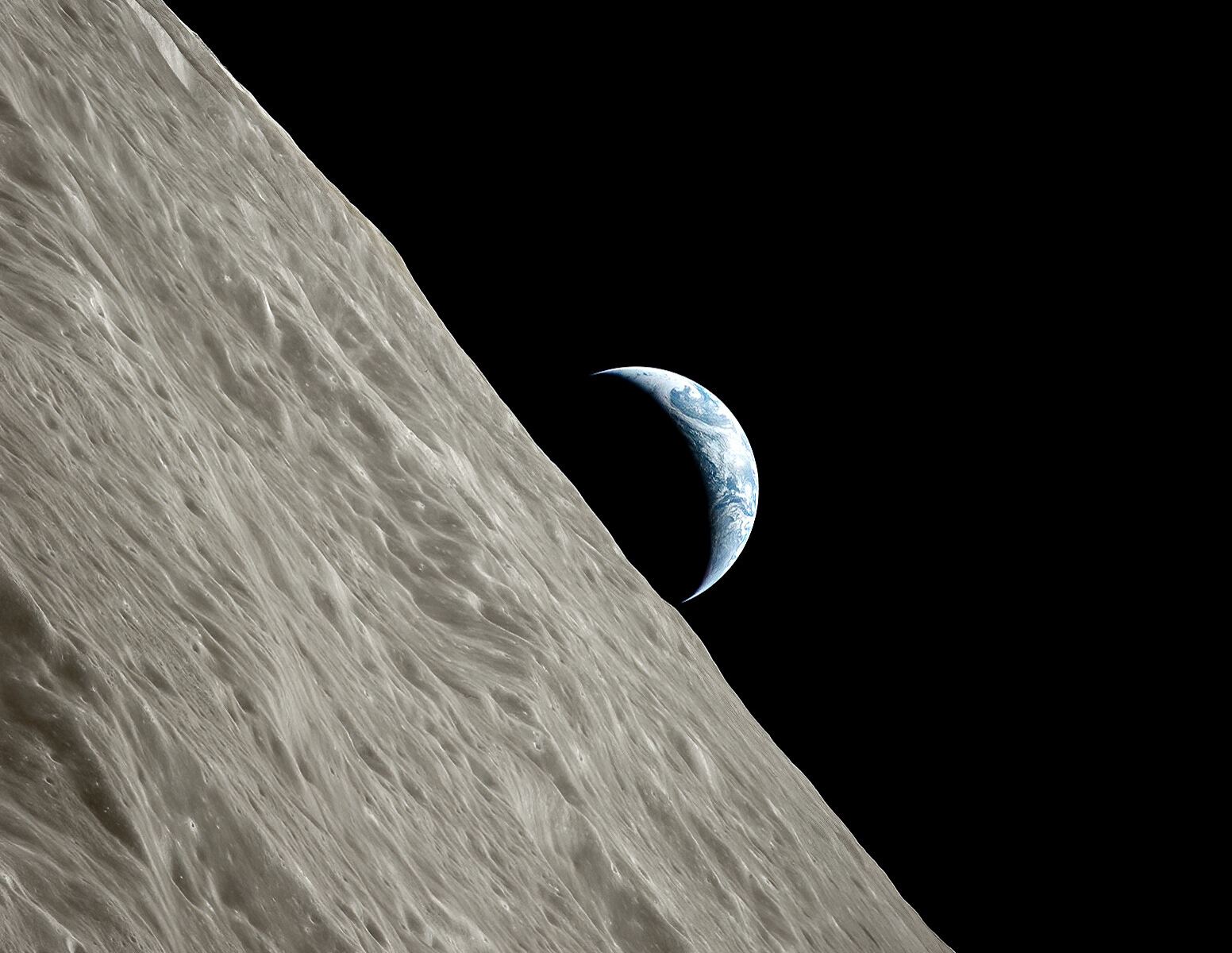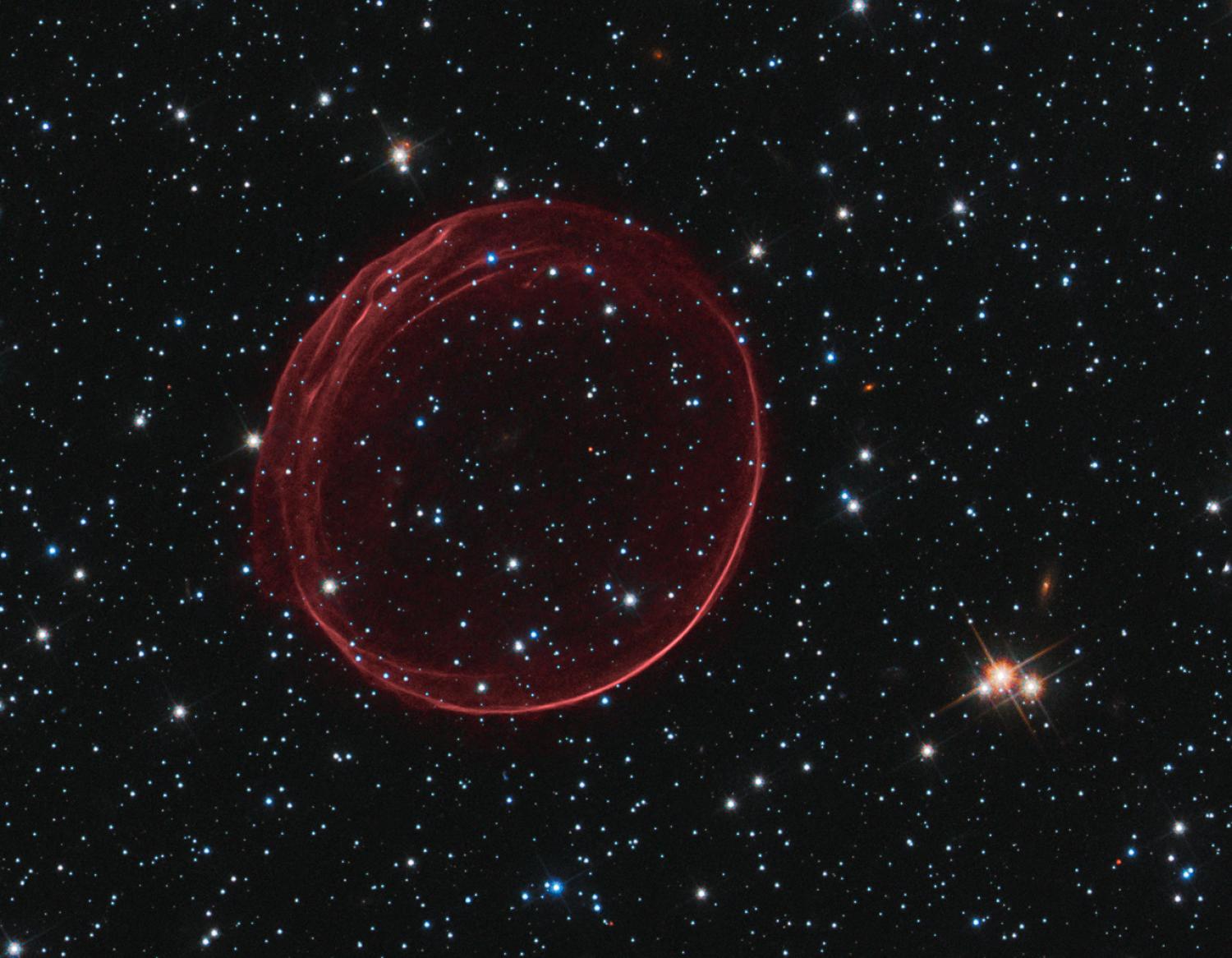Update: According to FAA flight restrictions that were redacted yesterday (Dec. 3rd), the date for the hop test has since been moved to Monday, Dec. 7th, at the earliest. The altitude of the test has also been dropped from 15 km to 12.5 km (41,000 ft).
SpaceX has really hit its stride lately! Throughout the Summer of 2020 and well into the Fall, the company has experienced a string of successes with the construction and testing of its Starship prototypes. This has included multiple cryogenic load tests, static fire tests, test tank pressure tests, and even two 150 m (~500 ft) hop tests. And now, it looks like SpaceX could be making its first high-altitude flight test as early as tomorrow!
This test will see the first Starship prototype with three Raptor engines (SN8) fly to an altitude of 15 km (9.3 mi) before returning home safely. The engineering teams will be using this test to validate the Starship maneuvering fins as well, conducting a “belly-flop” maneuver that will see how the spacecraft’s aerodynamic surfaces allow it to make controlled landings on bodies that have an atmosphere.
Read more

